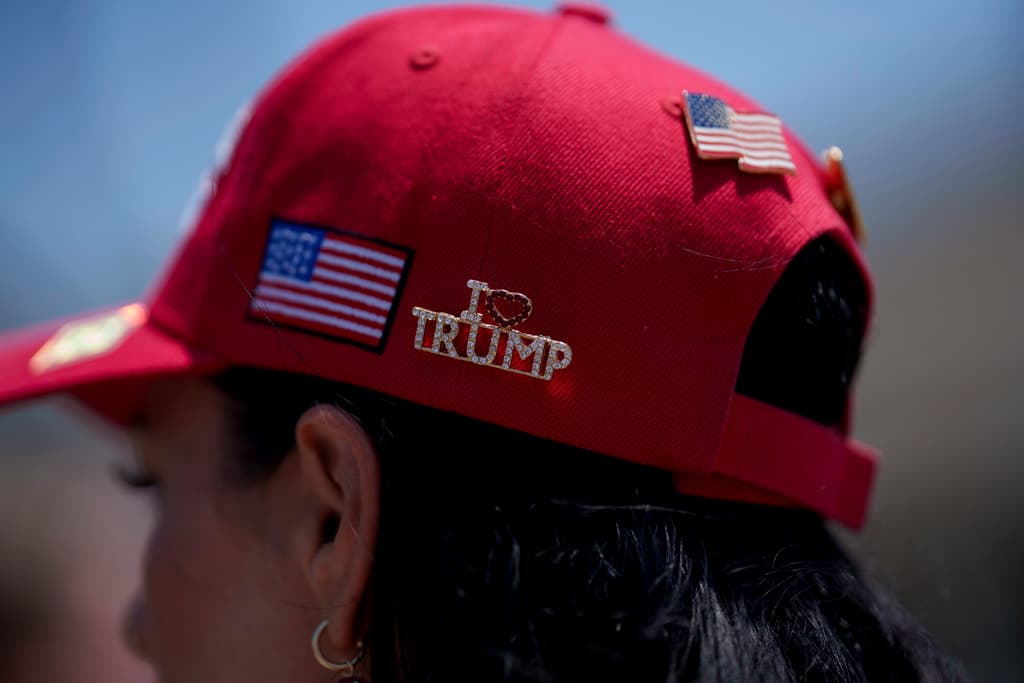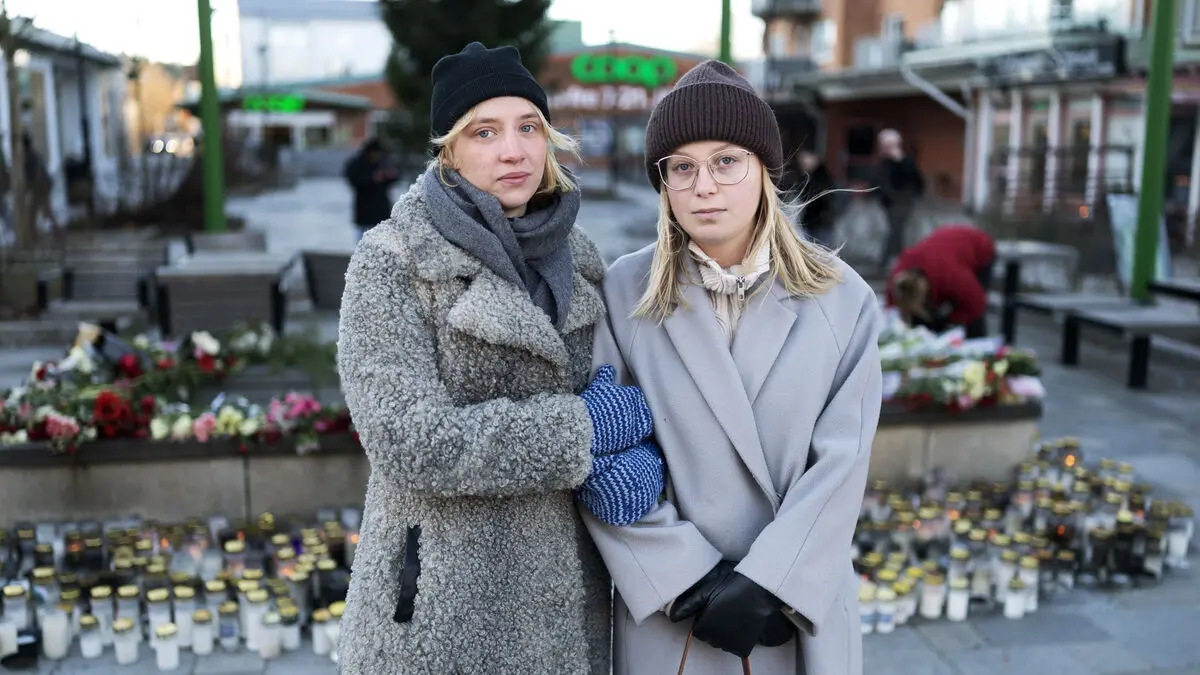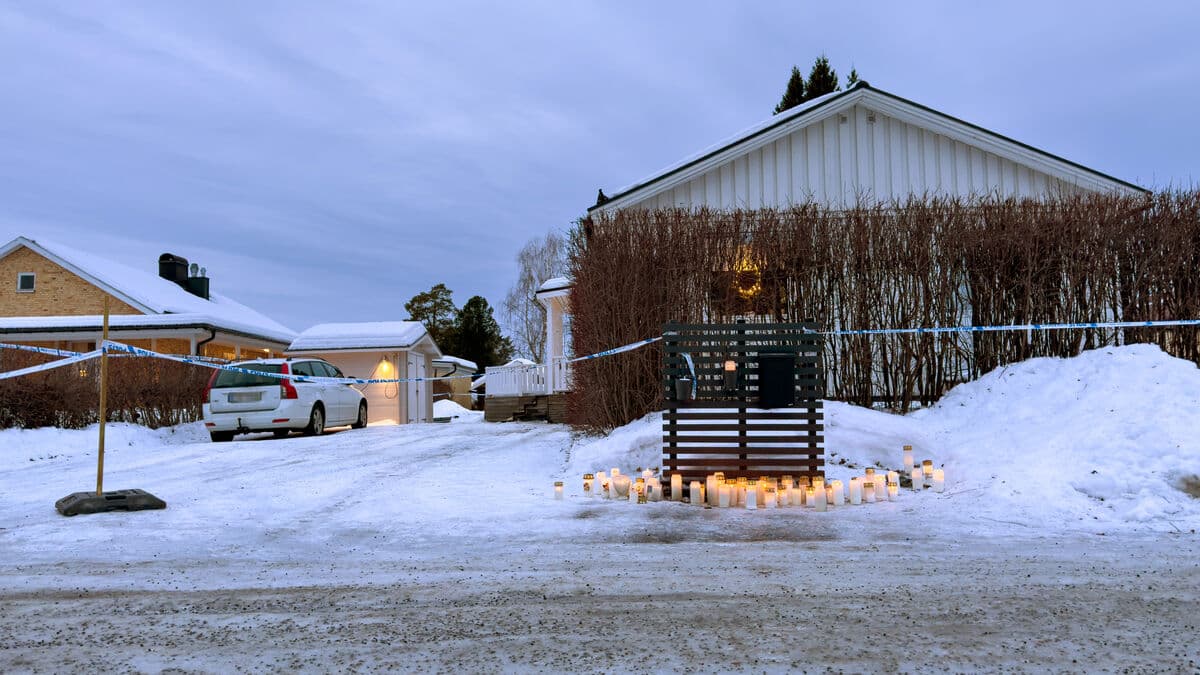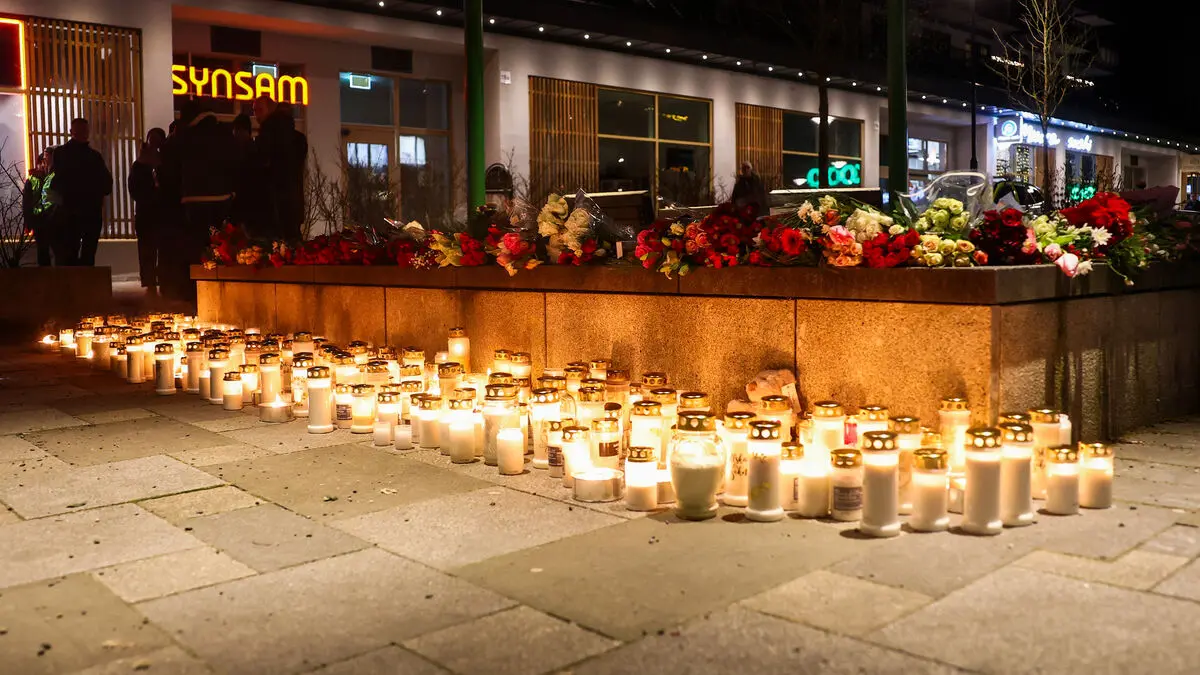Only minutes after the assassination attempt on former President Donald Trump, disinformation and conspiracy theories began to flourish on social media.
Attacks on presidents and presidential candidates are a theme in American conspiracy culture, says media researcher Andreas Önnerfors.
Hours after the shooting, mentions of "Trump" increased by up to 17 times the average daily amount, according to Peak Metrics, which measures narratives on the internet. Many were calls for unity and sympathy for Trump – but others were filled with unfounded claims and disinformation.
We saw things like "the Chinese are behind it" or "Antifa was behind it" or "the Biden administration did it", says Paul Bartel, senior intelligence analyst at Peak Metrics, to the news agency AP.
Andreas Önnerfors, media researcher at the Fojo Media Institute at Linnaeus University, believes that it is new that disinformation spreads so quickly, which has to do with digitalization. But also that conspiracy theories have become an established thought pattern, especially in the polarized USA.
We live in a time when people assume that conspiracy theories are the most likely explanation. It is also spread by the average media user, he says to TT.
Theories from both sides
On the social media platform X, the word "staged" trended within minutes, according to BBC. Posts with speculations without evidence have received millions of views. Conspiracy theories also appear in users' feeds on Tiktok.
One theory is that Trump staged the shooting to win the election in the fall, something for which there is no evidence whatsoever. On the other hand, Trump supporters claim that the Secret Service intentionally failed to protect Trump on the orders of the White House or that the CIA is behind the attack.
A grain of truth in the theories is the criticism of the security work at the campaign meeting, according to Önnerfors. It is a good breeding ground for various falsehoods to spread.
Established theme
Theories about the shooter also emerged. Before the authorities identified him and released his name, two different images of people were circulating.
People want and are used to getting explanations immediately: who did it, what is the motive, who is behind it?
In the USA, there is also an established template of conspiracy theories around attacks on presidents and presidential candidates, according to Andreas Önnerfors.
Here, it was just a matter of pulling out all the thought patterns that people have been fed for five decades or longer around John F Kennedy, he says.
Exercise extreme source criticism.
Turn to trusted media and media channels.
Be patient and wait for a thoughtful and therefore more credible analysis that takes longer.
Do not spread things you are not 100 percent sure are true.
The media have a responsibility not to jump on the bandwagon with the theories or draw too large conclusions.
Source: Andreas Önnerfors, media researcher at Fojo





